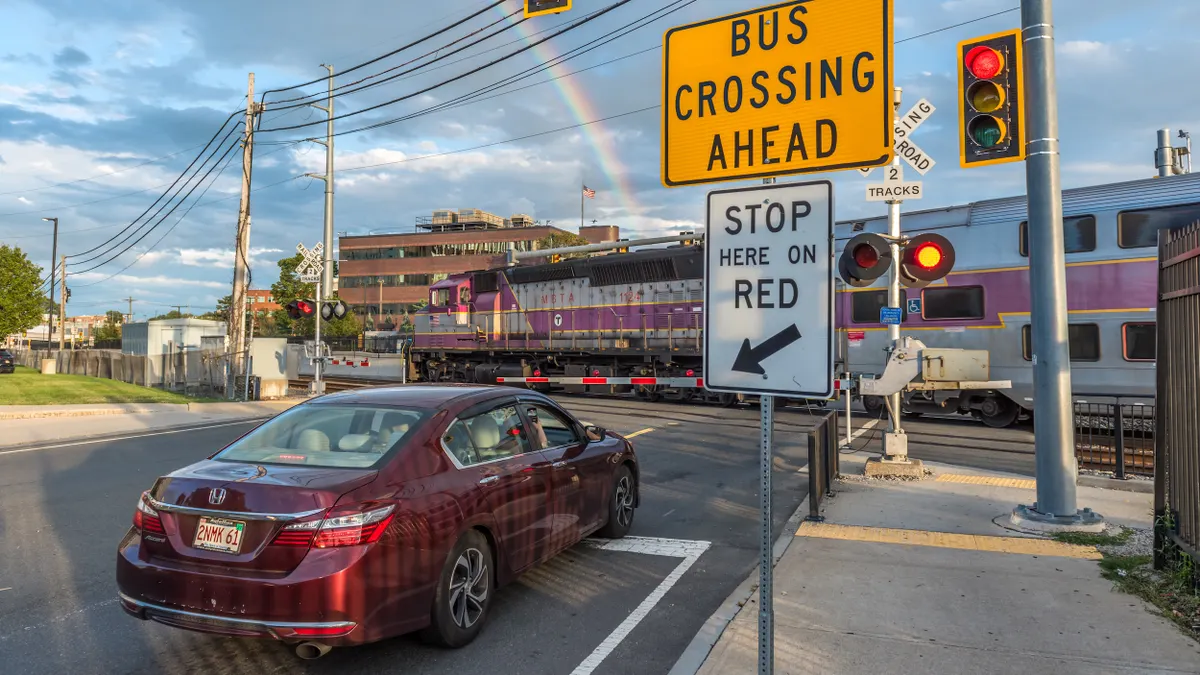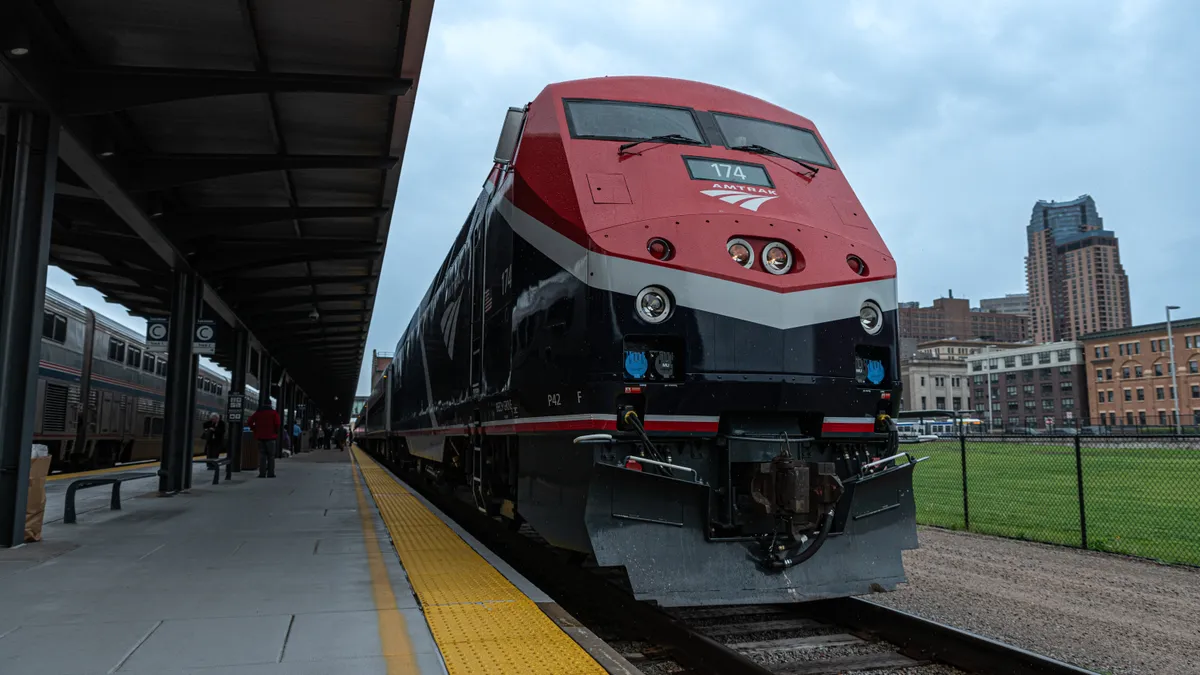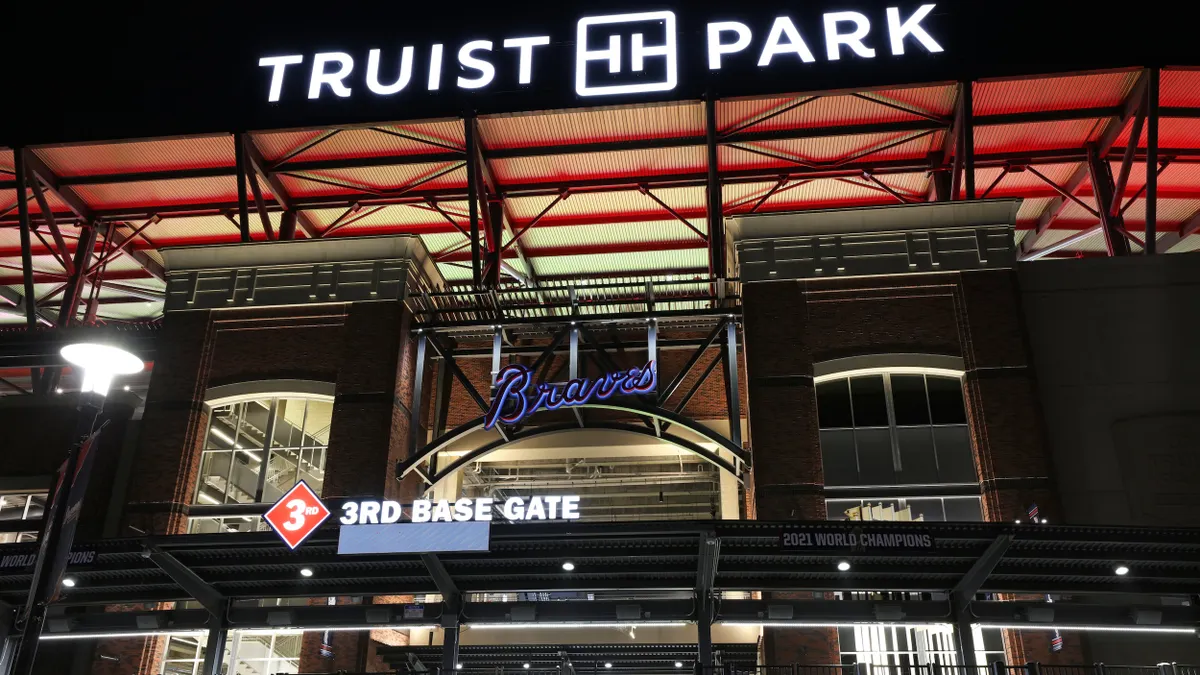With U.S. traffic fatalities on the rise, now ranking as the nation's second leading cause of death overall, advocates are increasingly calling on local and state governments to take action to improve roadway safety.
More than 37,000 people died in traffic crashes in the U.S. in 2016, which is a 5.6% increase over 2015, according to the National Highway Traffic Safety Administration (NHTSA). Nearly 6,000 of those deaths were pedestrians, a 9% increase over 2015 and the highest number in more than 25 years.
Statistics like this are included in Advocates for Highway & Auto Safety's 2018 Roadmap of State Highway Safety Laws, which calls traffic fatalities a public health epidemic. The report encourages stronger safety solutions based on its analysis of states' highway safety laws, noting that "there are still far too many highway safety laws that are lacking across the nation." The report's authors claim that federal action helps to address the problem, but state laws more directly impact citizens' behavior and safety.
"With more than 37,000 lives lost on our roads in 2016, the magnitude of this public health epidemic is clear."

Advocates for Highway & Auto Safety
2018 Roadmap of State Highway Safety Laws
The advocacy group named 16 laws it deems critical for saving lives and preventing injuries. They fall into the more general categories of distracted driving, impaired driving, occupant protection, child passenger safety and teen driving. States collectively passed 13 of these basic safety laws in 2017, but 407 other law adoptions are needed to adequately meet the advocacy group's safety recommendations.
Analysts ranked each state as green, yellow or red based on the number of crucial traffic laws they have in place. Six states — California, Delaware, Louisiana, Oregon, Rhode Island and Washington — along with Washington, DC earned green ratings, meaning they are "significantly advanced" in adopting the recommended laws. Thirteen states — Arizona, Florida, Idaho, Iowa, Missouri, Montana, Nebraska, New Hampshire, Ohio, South Dakota, Vermont, Virginia and Wyoming — earned red ratings, meaning they are "dangerously behind" in adopting the recommended laws. All other states earned a yellow, meaning they could use some improvement. Notably, no state has adopted all 16 of the laws.
Seat belt laws are one of the main areas identified as needing significant work. Along with Washington, DC, 34 states have primary enforcement laws, so police can pull over and ticket motorists who are not wearing a seatbelt, even if no other traffic offense has been committed. Because states with primary enforcement laws have higher overall rates of seat belt use, the advocacy group encourages states to adopt these laws for both front and back seat passengers. Currently, only 19 states' laws cover all passengers in a vehicle. New Hampshire is the only state that does not have any type of seat belt law for adults.
Another area of concern is motorcyclist helmet use. According to NHTSA, nearly 5,300 motorcyclists were killed in 2016, which is a 5% increase over the previous year. Of those killed, 41% were not wearing helmets. The advocacy group's report recommends laws that require helmets for everyone on a motorcycle, which only 19 states currently have in place. 28 states have helmet laws that only cover some motorcycle riders, such as minors.
Having the recommended laws in place is a good start and often is enough to change drivers' behaviors. However, adequate enforcement plays a part in the success of a traffic fatality mitigation program. While some drivers will, for example, wear seat belts or stop using electronic devices on their own, many will continue unsafe behaviors if they perceive that there are no consequences.
That's where technology can play a role. Automated enforcement such as red light cameras can cut down on speeding and red light running. Speeding is viewed by agencies across the board as a major contributor to roadway fatalities. That idea is prominent in the World Resources Institute's recent study that calls on governments to treat traffic fatalities like a preventable public health issue, and on city planners to take more responsibility in preventing traffic deaths. It especially pointed out shortcomings in the U.S.'s traffic safety — such as speeding — which causes the nation to lag other developed economies with similar resources.
Other non-enforcement technology also is a proven way to improve roadway safety, advocates say, and implementing various innovations along with laws can further help to save lives. For example, requiring vehicles to have collision avoidance technology, such as lane departure warning signals, can prevent accidents from happening and lessen the severity of those that do occur.
The advocacy group anticipates that driverless cars will present another innovation that will cut down on traffic deaths and injuries. But in the short term, it's pushing improvements through traffic laws.
While the report focused on action at the state level, a number of cities have undertaken measures to improve traffic safety at the local level. Portland, OR just passed an ordinance to reduce speed limits as part of a greater Vision Zero campaign, which aims to reduce traffic fatalities and injuries to zero. More than a dozen other U.S. cities including Austin, Chicago, Ft. Lauderdale and San Diego also have adopted Vision Zero plans.




















